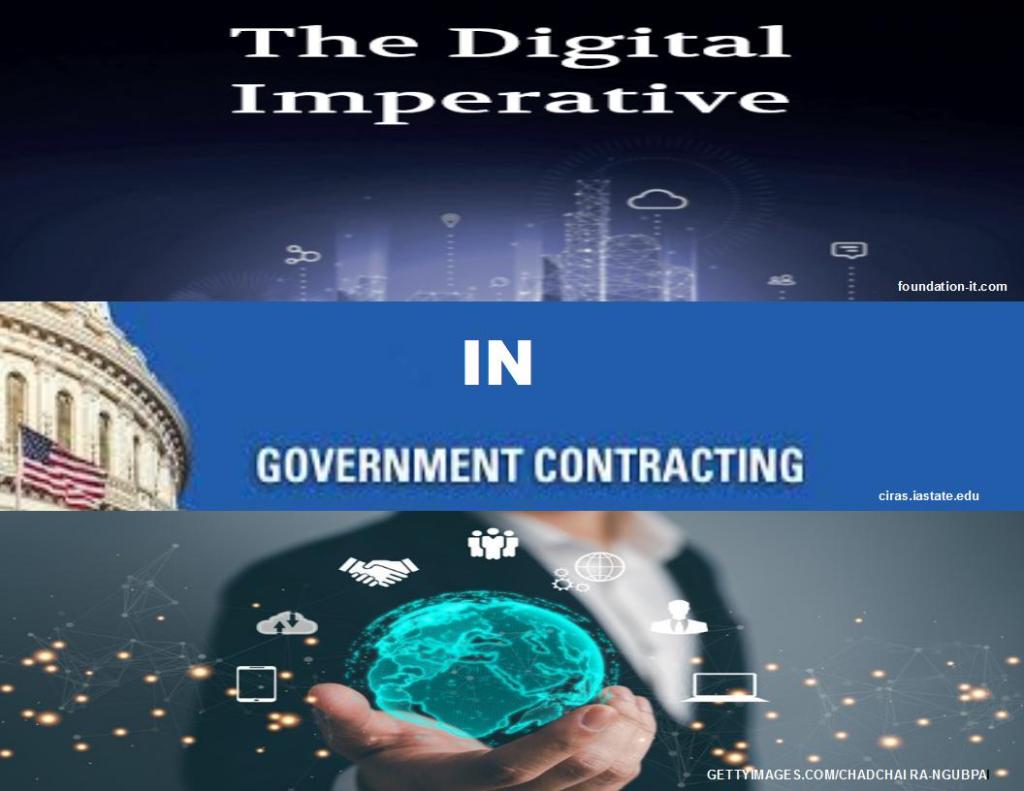
“WASHINGTON TECHNOLOGY” By Jenny Karn
“Your digital footprint is your ticket to success. It’s time to evaluate your brand online, harness the power of digital platforms, and chart a course toward greater visibility, credibility, and influence in the world of government contracting.”
_______________________________________________________________________________________________________
“Mark Amtower launched his annual census of feds on LinkedIn back in 2014, and it quickly became a trusted resource for anyone working in the B2G marketing space.
Back then, many people were still making “I’d like to add you to my professional network” jokes. It was obvious, though, that LinkedIn was carving out a niche for itself, and it was helpful to point to Mark’s data to show clients just how many federal employees were using the platform.
For me, though, the census only hinted at a greater wealth of data about government workers and social media. What I really wanted to know was how often they were using LinkedIn. What other social channels do they use—especially during work hours? And were budgetary decision-makers using social media and websites to evaluate vendors?
I got sick of waiting for those answers to surface, so my team at Lumino set out to uncover the truth for ourselves. We hired an independent research firm to survey federal and state/local government employees to learn more about their social media habits and how they find, evaluate, and select new vendors in the digital age. We also asked about the budget-setting process and the stakeholders driving those decisions.
The responses we got back legitimately surprised us.
The Digital Advantage: From Discovery to Selection
Digital platforms have become indispensable tools in the government procurement toolkit. Nearly two-thirds of respondents indicate that they find new vendors to invite to RFPs through the company’s website, highlighting the pivotal role of a strong digital presence in attracting government buyers.
Moreover, a staggering 80% of respondents agree or strongly agree that they learn more about vendors invited to an RFP online, emphasizing the importance of digital credibility and reputation.
When it comes to selecting a vendor, government agencies turn to digital channels for insights. Company websites (55%), third-party reviews (39%), and LinkedIn (27%) are the primary sources of information used to evaluate vendors and make informed decisions. With nearly 60% of respondents affirming that a vendor’s online presence matters in the selection of an RFP winner, it’s evident that digital reputation is a make-or-break factor in the procurement process.
Social Media: A Window to Influence
Social media has emerged as a powerful tool for government contractors to connect, engage, and influence decision-makers. While platforms like Facebook are popular for casual browsing (61% of respondents check it regularly throughout the day), LinkedIn reigns supreme as the preferred platform for networking and vendor evaluation.
As government budget owners increasingly turn to social media for insights and connections, savvy contractors must leverage these platforms to showcase their expertise, build relationships, and drive business growth.
Budget Allocation: Flexibility in Planning
One of the striking findings from our survey is that the majority of government agencies (64%) set their budgets once per year but leave room for flexible spending throughout the year. This underscores the importance of agility and adaptability in responding to evolving needs and priorities.
With budget planning spread evenly across quarters, government contractors must adopt a proactive approach to engagement, ensuring their solutions are top-of-mind when budget decisions are made.
Procurement Decisions: The Power of Collaboration
In the world of government procurement, decision-making is a team sport. Our survey reveals that multiple stakeholders are almost always involved in budget decisions above $50,000. With only 3% of respondents indicating that one person could approve a budget of that size, it’s clear that successful procurement requires collaboration and consensus-building among diverse stakeholders.
Embrace the Digital Frontier
In today’s hyperconnected world, the digital landscape has become the new frontier for government contractors. To thrive in the competitive realm of government contracting, businesses must prioritize their digital presence—from website optimization and online reputation management to strategic engagement on social media platforms.
By embracing the digital imperative, government contractors can position themselves for success, navigate procurement processes with confidence, and unlock new opportunities for growth in the dynamic world of government contracting.
As you embark on your journey to grow your government contracting business, remember this: Your digital footprint is your ticket to success. It’s time to evaluate your brand online, harness the power of digital platforms, and chart a course toward greater visibility, credibility, and influence in the world of government contracting.”

Jenny Karn is CEO and co-founder of Lumino, a B2G marketing consulting firm. Click here to access the full Pulse of Procurement report.

